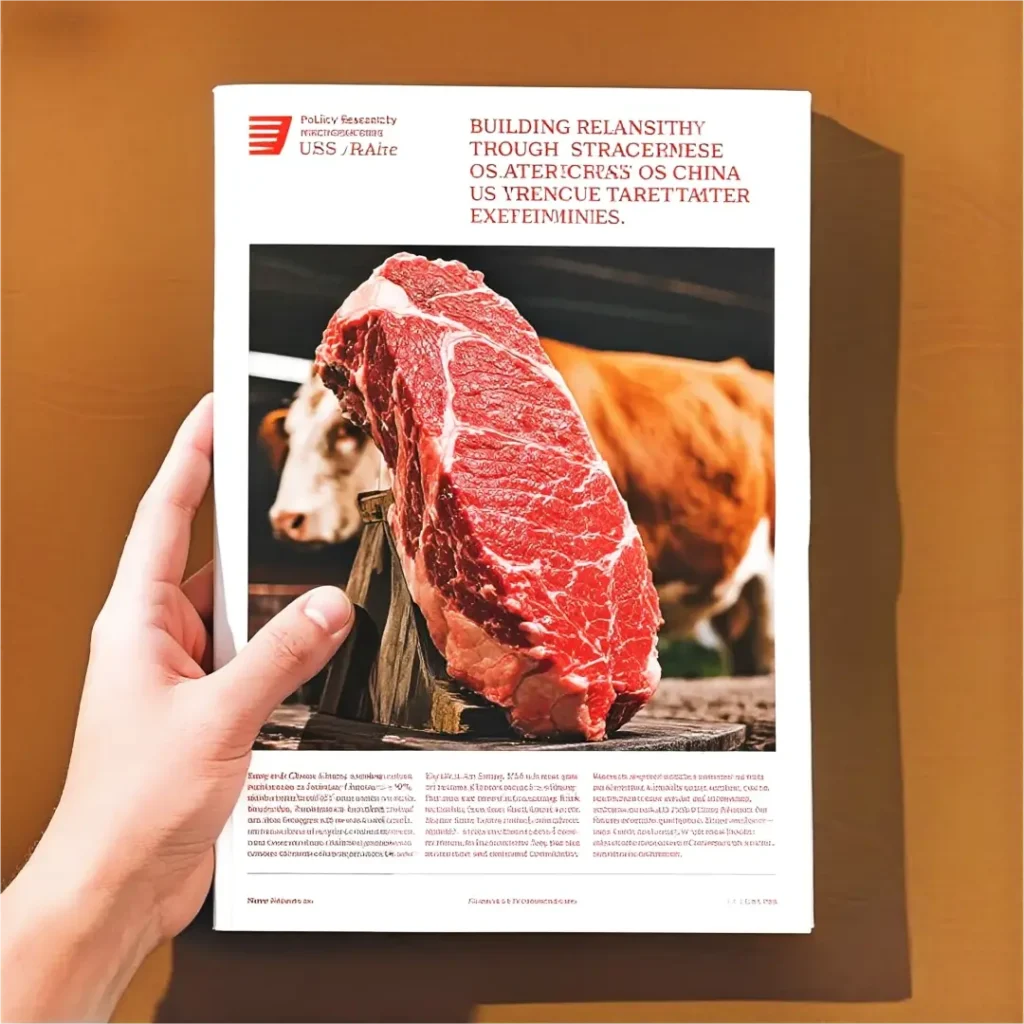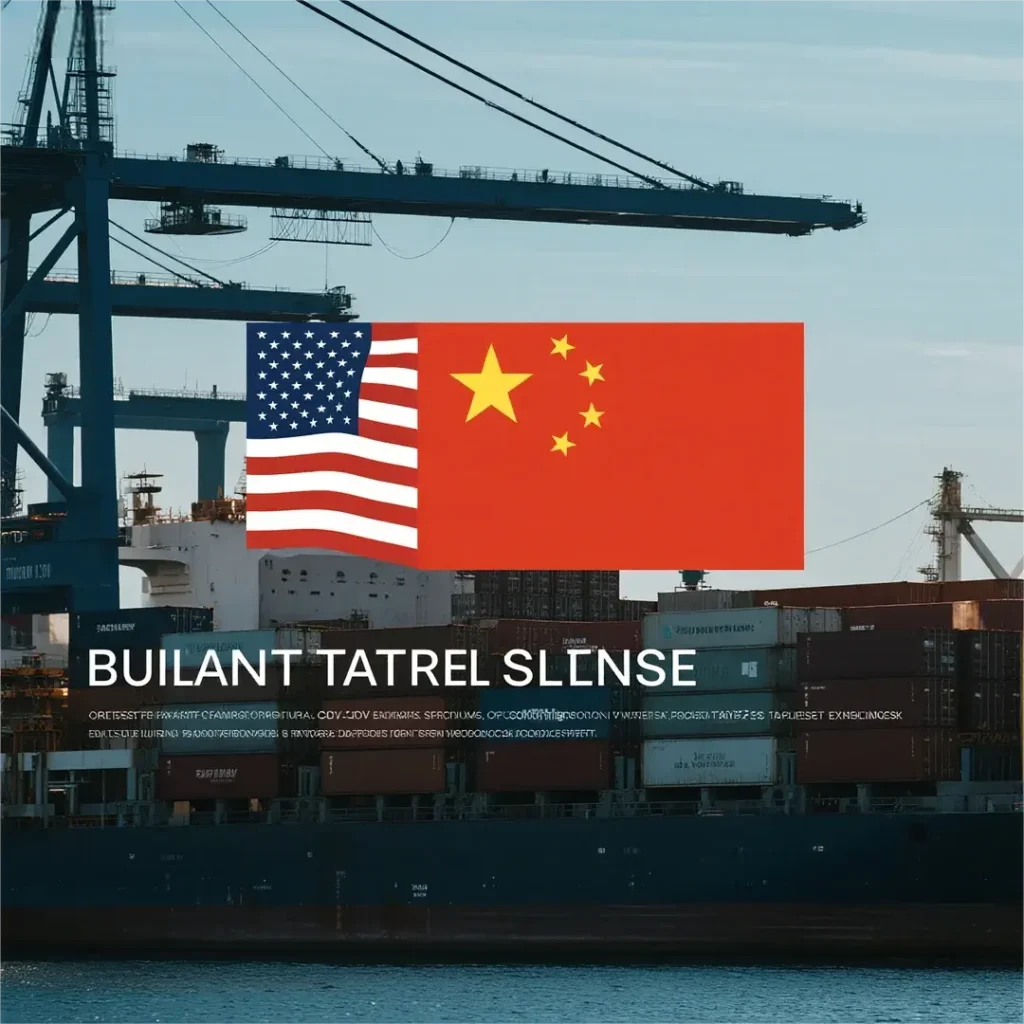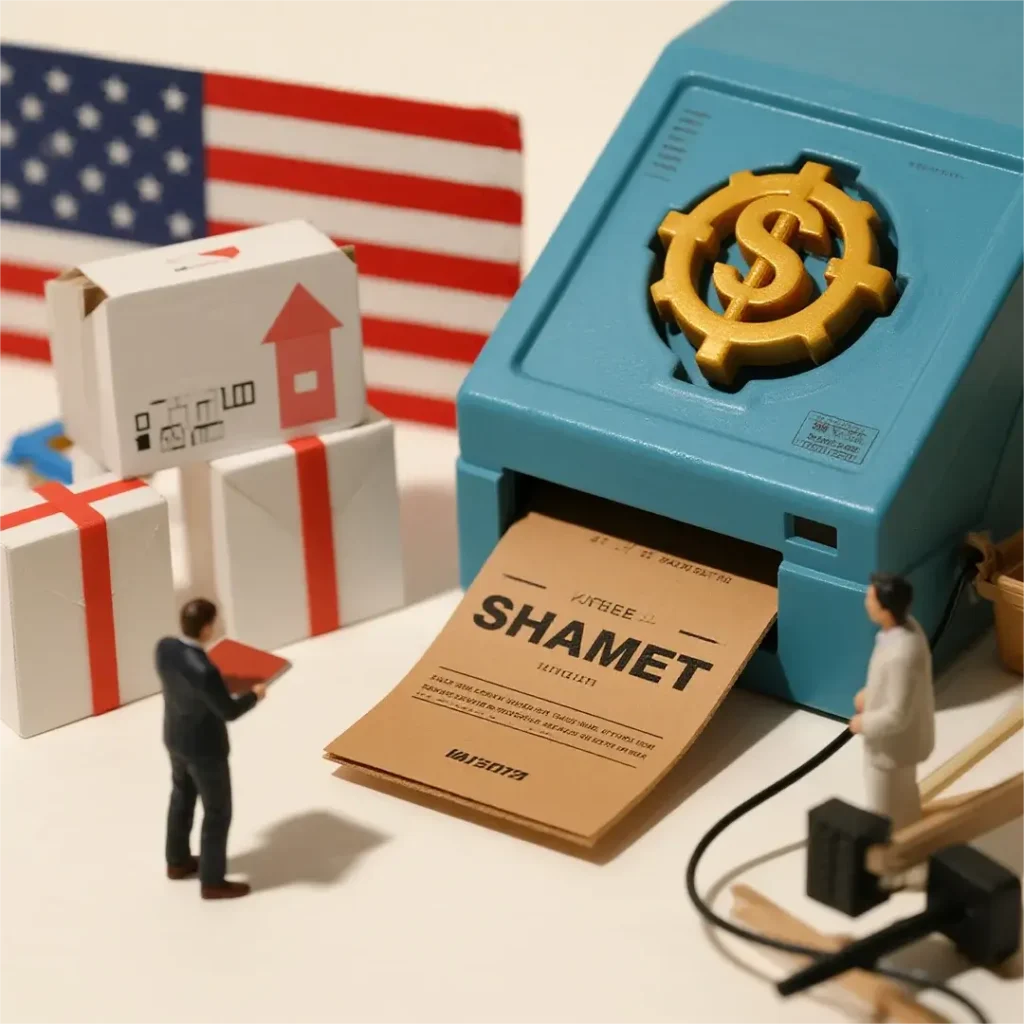
The extension of China’s suspension on US agricultural tariff exemptions (effective Aug 1, 2025) marks a new phase in US-China trade tensions. With beef tariffs potentially surging from 32% to 70% and punitive measures expanding beyond traditional sectors, businesses require adaptive frameworks to navigate cascading risks. This analysis synthesizes actionable strategies from recent enforcement cases and policy shifts.
⚖️ Tariff Mitigation Tactics: From “Transshipment” to Compliant Transformation
1. Third-Country Processing: Beyond Assembly
Recent CBP rulings reveal a strict boundary between legitimate origin shifts and evasion:
Successful case: Kitchen waste processors achieved Mexican origin status after 10+ assembly steps integrating US/Mexican components, despite 49% Chinese parts. CBP deemed this “substantial transformation” due to complex sub-assembly creation and functional redesign.
Failed case: Printers assembled in Japan using Chinese core parts (printing mechanisms, housings) were still classified as Chinese origin. CBP emphasized that “critical functionality determines origin,” not final assembly location.
Actionable Insight: To legitimately shift origin, invest in value-add processes (e.g., circuit board programming in Vietnam, multi-stage textile dyeing in Indonesia) that alter HS codes or create new product identities.
2. Tariff Engineering Pitfalls
The Grosfillex case ($4.9M penalty) exemplifies rising enforcement rigor:
Violation: Misclassifying extruded aluminum parts (subject to 234.5% AD/CVD) as non-dutiable “kits”.
Whistleblower impact: Former employee Edward Wisner triggered DOJ investigation under the False Claims Act, receiving $396k reward.
Compliance Checklist:
✅ Audit HTS codes quarterly using CBP’s Ruling Online Search System (ROSS)
✅ Document manufacturing processes with blockchain-verified timestamps
✅ Establish internal reporting channels to preempt whistleblower claims

🌐 Supply Chain Re-engineering: Data-Driven Compliance
1. Dual-Channel Sourcing for Critical Goods
Example: US agricultural imports post-exemption suspension
ProductUS Tariff Post-SuspensionAlternative SourcesTransition RiskBeef62%-70%Australia (12%), Brazil (15%)Short-term supply gapPork>50%EU, CanadaQuality varianceAlmonds35%Limited global alternativesPrice inflation expected
2. Transparency-Driven Partnerships
Textile sector: Chinese fabric + Vietnamese sewing remains Chinese origin unless dyeing/printing occurs in Vietnam per 19 CFR §102.21(e).
Electronics: Mexican maquiladoras now require local PCB production (not just import) to qualify for USMCA benefits.
Tech Solution: Deploy AI tools like Customs Lens to:
Track real-time tariff changes across 120+ countries
Simulate origin scenarios using RVC/HS shift calculators

⚠️ Legal Risk Hedging: Contracts, Claims, and Countermeasures
1. Force Majeure Redefinition in Trade Contracts
Extreme tariffs (e.g., 145% in 2024) are increasingly recognized as valid force majeure events:
Chinese court precedent: Allowed contract termination when tariffs exceeded 100%, deeming performance “commercially impracticable”.
US variance: Courts require explicit “tariff escalation clauses” for enforcement.
Contract Drafting Tip:
“Parties may renegotiate pricing if cumulative tariffs exceed 25% of goods value. If no agreement within 30 days, either party may terminate without penalty.”
2. Proactive Countermeasure Planning
China’s agricultural tariff suspension signals strategic use of trade levers:
Retaliatory triggers: Targeting US farm states (Iowa, Nebraska) to amplify political pressure.
Corporate defense: Diversify export markets—e.g., US pork exporters accelerated EU/ASEAN expansion after 2024 China tariff hikes.

💎 Integrated Resilience Framework: 3-Pillar Strategy
Tariff-Proof Sourcing Matrix
Critical inputs (e.g., semiconductors): Maintain dual sources (e.g., Taiwan + Vietnam)
Commodities (e.g., aluminum): Pre-qualify suppliers in RCEP countries
Agri-products: Lock in long-term contracts with tariff-inclusive pricing
Compliance Firewalls
Whistleblower mitigation: Quarterly compliance training + anonymous integrity hotlines
Automated audits: Integrate SAP GTS with CBP’s ACE portal for declaration consistency checks
Legal Arbitrage Opportunities
Leverage policy gaps:
US 90-day exemptions: Shift orders through Panama/Vietnam if granted lower rates
China’s FTZs: Use Qianhai courts for pre-judgment asset freezing in enforcement actions
“The Grosfillex penalty wasn’t about ‘cheating’—it reflected a failure to institutionalize compliance. Winners in 2025 don’t avoid tariffs; they engineer around them.”
— Global Trade Review, Aug 2025